
Welcome to the Arrhythmias Information Hub of Best Cardiac Hospitals, your comprehensive resource for understanding heart rhythm disorders. Arrhythmias, commonly referred to as irregular heartbeats, occur when the electrical signals that coordinate your heartbeat function improperly. These disorders can range from harmless occasional skips or palpitations to more severe and life-threatening conditions requiring immediate attention. This guide is designed to demystify the complexities of arrhythmias, equipping you with the knowledge needed to navigate your heart health with confidence.
Arrhythmias are conditions that disrupt the natural rhythm of your heartbeat. In a healthy heart, electrical signals guide the heart to beat in a steady, coordinated pattern, ensuring efficient blood circulation throughout the body. However, an arrhythmia occurs when these signals are delayed, interrupted, or originate from abnormal areas of the heart. This can cause the heart to beat too fast (tachycardia), too slow (bradycardia), or in an irregular pattern, such as with fibrillation or flutter.
While some arrhythmias are benign and may not cause noticeable symptoms, others can significantly impact your health. Severe arrhythmias can reduce the heart's ability to pump blood effectively, leading to complications such as dizziness, fainting, fatigue, or shortness of breath. More dangerous forms, like atrial fibrillation, increase the risk of blood clots and stroke, while ventricular fibrillation can lead to sudden cardiac arrest if not treated immediately. Understanding arrhythmias, their symptoms, and their potential risks is essential for seeking timely diagnosis and treatment to maintain heart health and prevent serious outcomes.
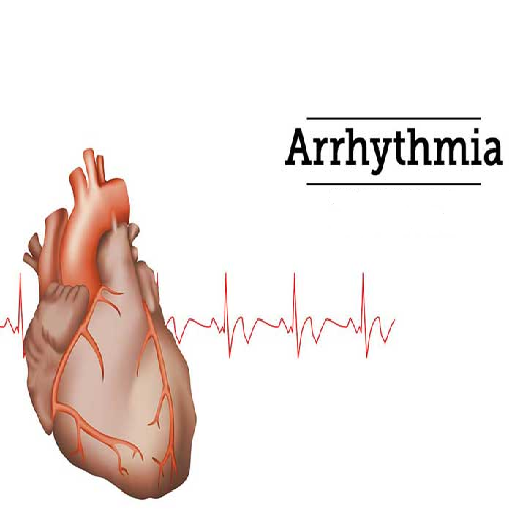
Arrhythmias are broadly classified based on the speed and rhythm of the heartbeat:
Atrial Fibrillation (AFib): Irregular, often rapid heart rhythm originating in the upper chambers (atria). Increases the risk of stroke.
Supraventricular Tachycardia (SVT): Abnormally fast heartbeats starting above the ventricles.
Ventricular Tachycardia: Rapid heartbeat originating in the ventricles, potentially life-threatening.
Ventricular Fibrillation: Disorganized electrical signals causing the ventricles to quiver instead of pumping blood effectively.
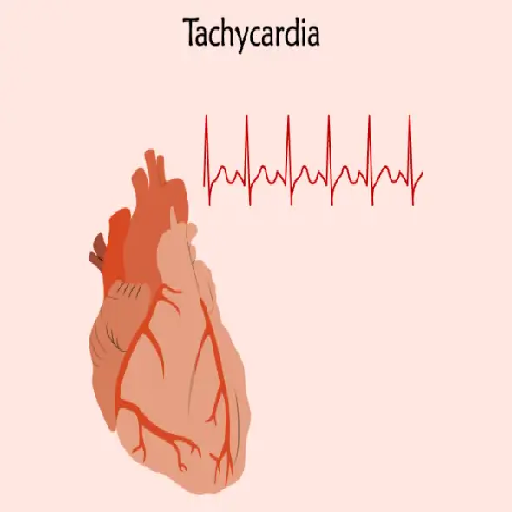
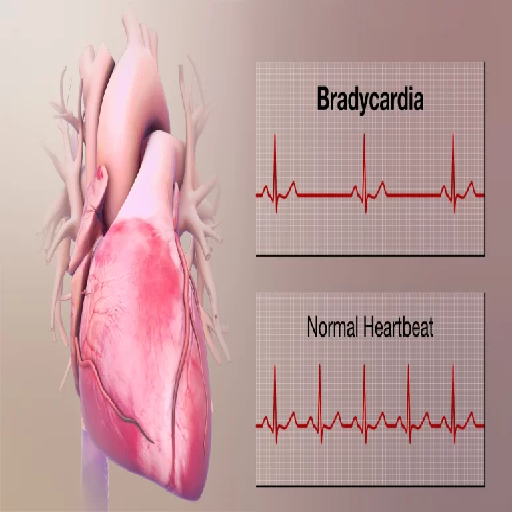
Sinus Bradycardia: Heart rate slower than normal, often without symptoms.
Heart Block: A delay or complete block in electrical signals between the heart’s chambers.
Premature Atrial Contractions (PACs): Extra beats starting in the atria.
Premature Ventricular Contractions (PVCs): Extra beats originating in the ventricles, often felt as palpitations.
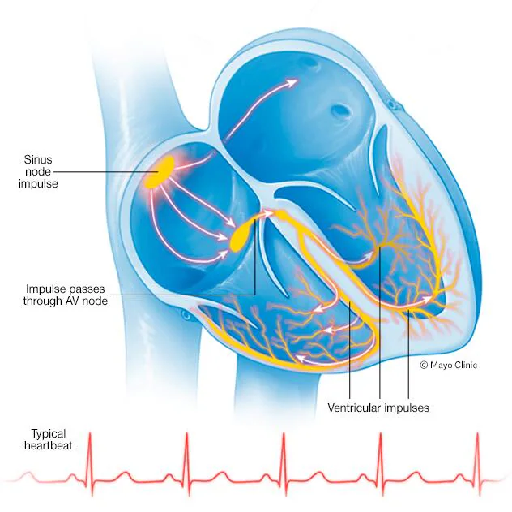
Arrhythmias, or irregular heart rhythms, can originate from various factors that affect the heart’s electrical system. These causes are broadly categorized into heart-related causes and non-cardiac causes, both of which can disrupt the normal electrical impulses that regulate heartbeat.

Blockages or narrowing in the coronary arteries can restrict blood flow to the heart, damaging the electrical pathways and leading to arrhythmias.
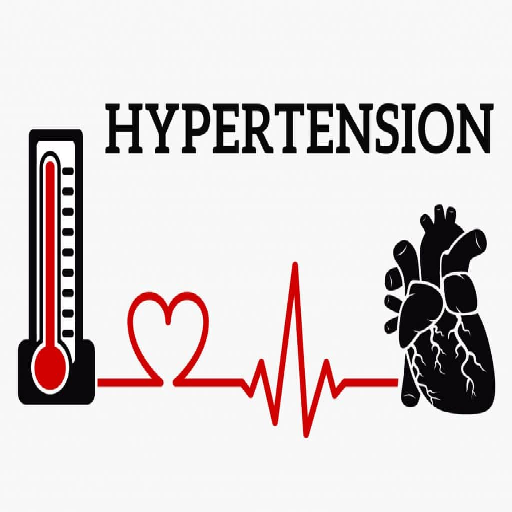
Persistent high blood pressure increases strain on the heart, leading to structural changes that can disrupt its rhythm.
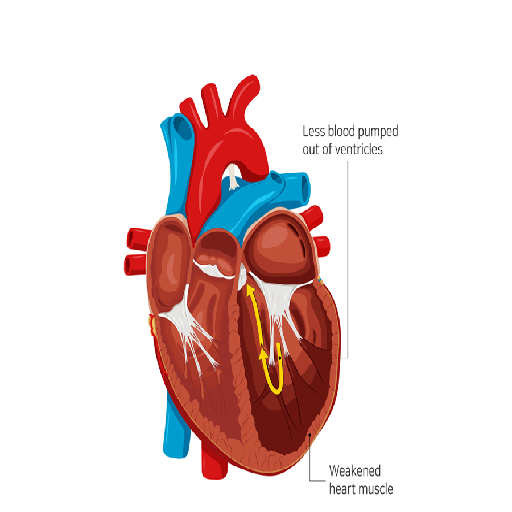
Damage to the heart tissue from a heart attack or the inability of the heart to pump efficiently in heart failure can interfere with electrical signal conduction.
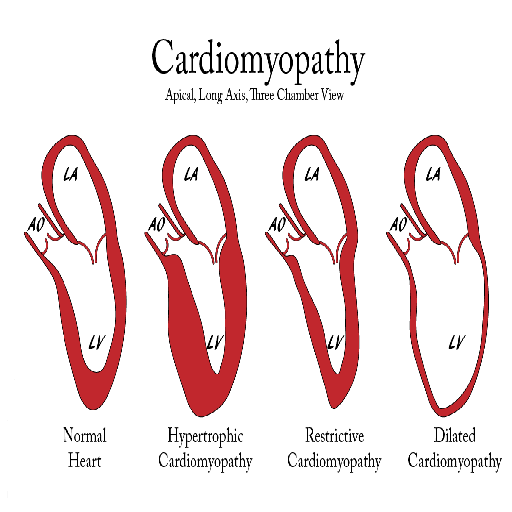
This condition involves abnormalities in the heart muscle, making it harder for the heart to maintain a regular rhythm.
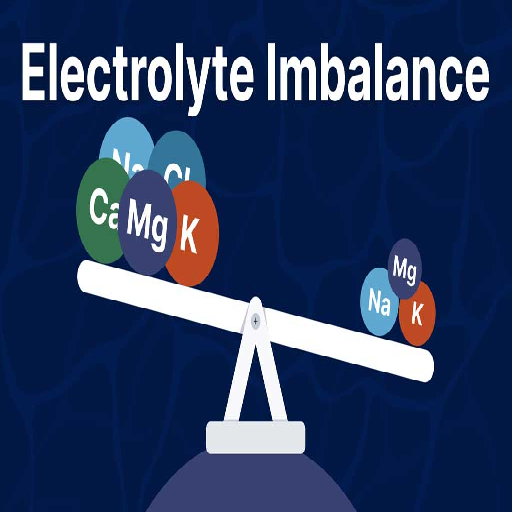
Essential minerals like potassium, calcium, and magnesium are critical for electrical signaling in the heart. Imbalances in these electrolytes can lead to erratic heart rhythms.

Both hyperthyroidism (overactive thyroid) and hypothyroidism (underactive thyroid) can influence heart rate and contribute to arrhythmias.

This condition, characterized by interrupted breathing during sleep, can reduce oxygen levels, increasing strain on the heart and leading to arrhythmias.

High levels of stimulants like caffeine and nicotine can overexcite the heart, leading to faster or irregular beats.

Excessive use of drugs or alcohol can damage the heart muscle and disrupt its electrical system.
Symptoms of arrhythmias vary depending on the type and severity but commonly include:

A persistent feeling of tiredness or low energy.

May occur in serious arrhythmias.

A sudden loss of consciousness.
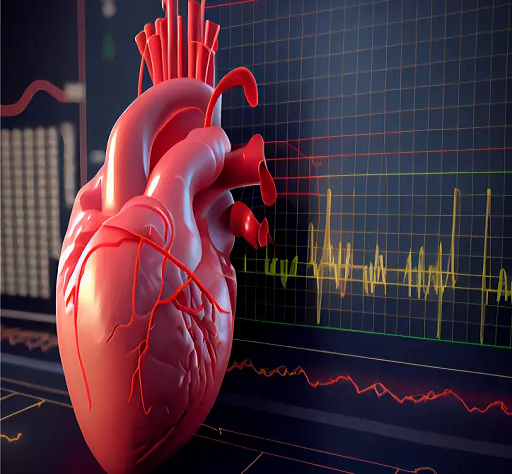
A sensation of fluttering, pounding, or skipped beats in your chest.

Often due to reduced blood flow to the brain or dehydration.

Particularly during physical exertion, rest, or stress.
The treatment for arrhythmias varies based on the type, severity, underlying causes, and overall health of the patient. The primary goal is to restore a normal heart rhythm, manage symptoms, and prevent potential complications like stroke or heart failure. Below are the main approaches:
Prevention is about reducing your risk factors and maintaining a healthy lifestyle:

Choose a heart-healthy diet with fruits, vegetables, and whole grains.

Aim for 150 minutes of moderate exercise weekly to boost heart health.

Use relaxation techniques like meditation or yoga to lower stress levels.

Quit smoking entirely and avoid harmful secondhand smoke exposure.
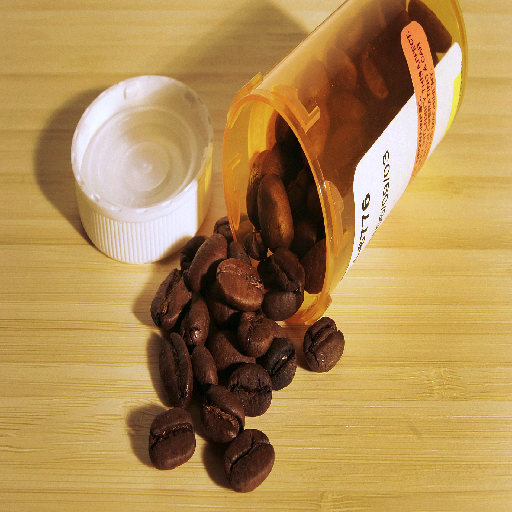
Reduce caffeine, alcohol, and other substances that may disrupt heart rhythm.

Monitor blood pressure, cholesterol, sugar; schedule checkups.
Arrhythmias, while potentially serious, are manageable with the right combination of knowledge, medical care, and lifestyle adjustments. Understanding your condition, recognizing its symptoms, and addressing the underlying causes are critical steps in taking control of your heart health. By listening to your heart—both figuratively and literally—you can make informed choices that support a healthier, more active life.